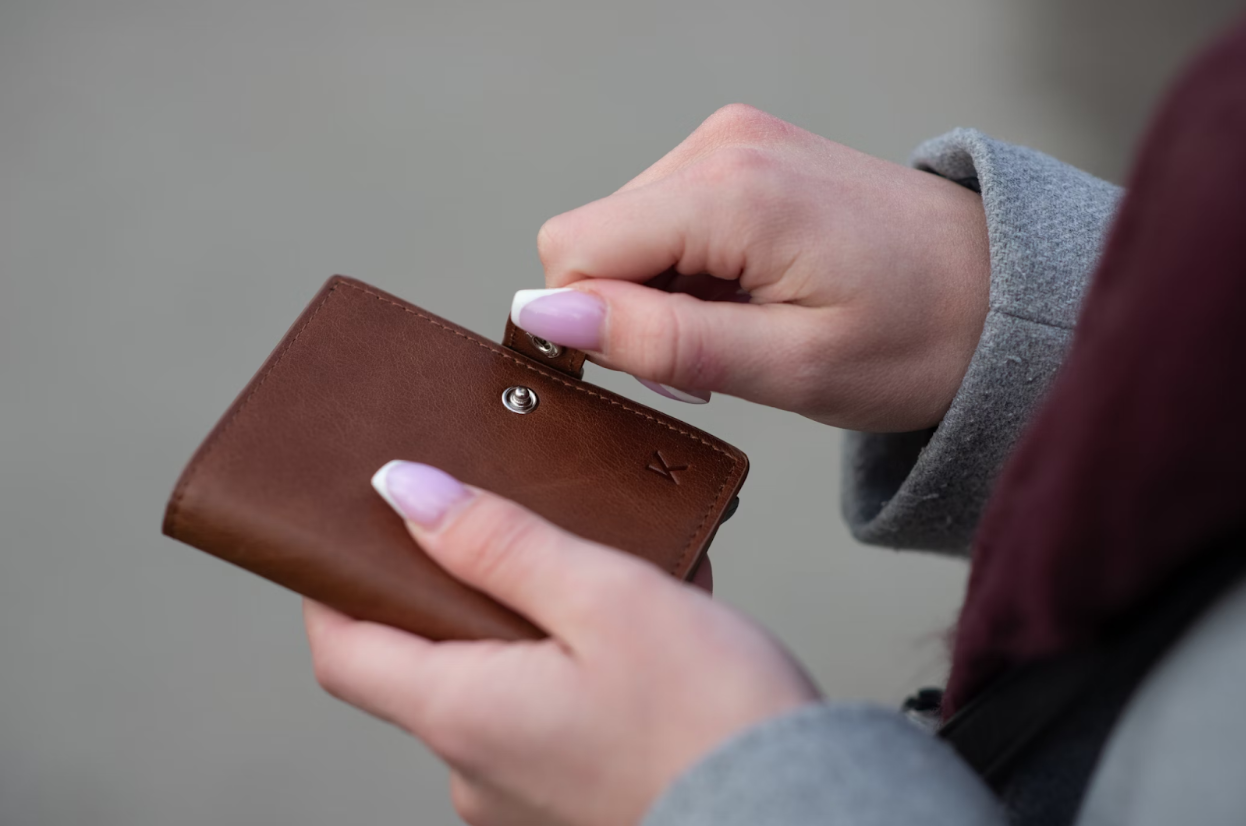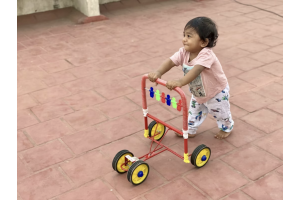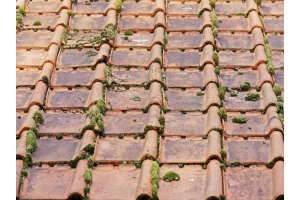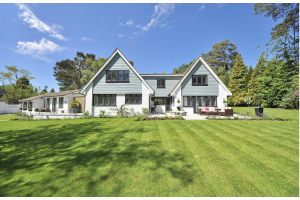A Definitive Guide to Buying the Perfect Wallet

Your wallet is not just a receptacle of your currency and cards; it's a statement about you – your style, personality, and the efficiency with which you organize your life and finances. Choosing the perfect wallet is, therefore, a decision that should not be taken lightly. While fashion trends come and go, a quality wallet is a timeless piece that meets your needs and complements your lifestyle. In this comprehensive guide, we'll walk you through the critical considerations when you're in the market for a new wallet. By the end, you'll be equipped with the knowledge to make an informed choice that you'll be happy to carry with you for years to come.
Prioritize Customization for a Personal Touch
The personal touch of a custom-made item is unrivaled. A monogrammed or personalized wallet is not unique to you but also adds a touch of sophistication to your accessory. Personalizing your wallet can be as simple as adding your initials or full name. This custom touch can often be a conversation starter and makes it easy to identify your wallet in a crowd. From custom leather wallets to engraved metal money clips, the options are endless. Consider personalization for a wallet that truly reflects your individuality and style. After all, your wallet should be an extension of you. Many high-quality retailers and e-commerce platforms offer to add a personal touch to your wallet. Always check the options available and the quality of the personalization service to ensure it aligns with your expectations.
Evaluate Quality and Durability
Leather is a classic choice for its durability and patina potential. Full-grain leather, in particular, is the highest quality, retaining the natural grain and blemishes that are unique to each hide. Other materials like nylon and canvas can be more affordable and offer unique designs, while still prioritizing durability. Look for wallets with double stitching, or even better, saddle stitching, which is a sign of a strong, handcrafted product. Pay attention to zippers and clasps – they should open and close smoothly. The tanning and finishing processes influence both the final quality and feel of the leather. Vegetable-tanned leather is eco-friendly and ages more dramatically, while chrome-tanned leather might be more resistant to the elements.
Consider Size and Capacity
The ideal size and capacity of your wallet are largely determined by your lifestyle and how much you typically carry with you. You don't want something so large that it's a chore to carry, nor so small that it doesn't fulfill its purpose. Slim wallets are in vogue, thanks to their minimalist and sleek designs. They force you to carry only the essentials, which could be a good thing in our increasingly cashless society. However, if you still find yourself needing to carry coins or a few more cards, a traditional-sized wallet might be more practical. A bifold is a standard wallet that folds in half, while a trifold wallet provides more card slots but is generally bulkier. Consider which fold best suits the fold of your cash, and which style offers the organization you need for cards and other items.
Look for a Functional Design
Your wallet is only valuable if it functions well. A beautifully designed wallet that's a hassle to use is a wasted investment. The inside organization often separates a good wallet from a great one. Clear sections for different types of currencies, adequate card slots, and perhaps a clear ID window all contribute to a functional interior. Some wallets now come with technology in mind, offering RFID protection to safeguard your cards from skimming devices. Additionally, consider features such as quick-access slots for your most-used cards or a separate section for business cards or receipts.

Assess the Wallet's Security Features
In our modern age, the security of your wallet is becoming increasingly important. Protecting your identity and financial information should be a priority in your purchase decision. For example, Radio Frequency Identification (RFID) blocking wallets are becoming more common. These wallets prevent electronic pickpocketing of the data in your contactless credit and debit cards. In addition to electronic security, consider how the wallet keeps its contents physically secure. Does it have a reliable clasp or closure system? Is the wallet designed to prevent cards from slipping out accidentally?
Sustainability Matters
Our buying choices have implications for our environment and the communities that produce our goods. Buying a sustainable wallet can be a small, but significant, step toward a more ethical consumer practice. If environmental impact is important to you, look for wallets made from sustainable or recycled materials. Eco-friendly leather like vegetable-tanned leather is a step in the right direction. Quality, ethical wallets are often well-documented by the brands that produce them. They may commit to fair-trade practices, locally sourced materials, and transparent supply chains.
The wallet you carry reflects more than just your financial standing – it encapsulates your values, organization, and personal aesthetic. It is an investment, both in terms of the monetary cost and the statement it makes about you. By considering customization, quality, size, function, security, and sustainability in your purchase, you can be sure to find a wallet that fits into your life as seamlessly and stylishly as the memories, mementos, and money it holds. Remember, a good wallet is not just a purchase; it’s a companion for the long haul.






